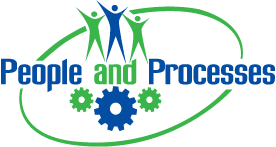|
Hello. I'm Jeff Shiver, Managing Principal with People and Processes. I wanted to share a little tip with you.
We were talking in a previous video about the definition of maintenance and I want to build upon that a little bit. You know, we talk about the want, for example, the user requiring or the processing requiring 300 GPM. As an engineer we buy the pump at 400 GPM to make sure we have enough room for degradation. We really have to be careful over time though because if we're not careful the user's want will get right underneath the equipment's can.
When that occurs, what happens is, we degrade. Now, all of a sudden we're having to go over and do tremendous amount of maintenance at a very high frequency, which in turn increases down time. The equipment is not available as often as we need it because we're actually going out and doing maintenance more frequently. We restore it back and then we start degradation again, restore it back and start degradation again.
|

